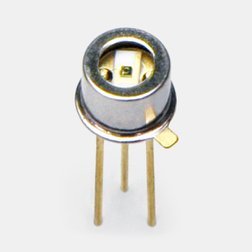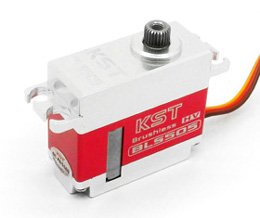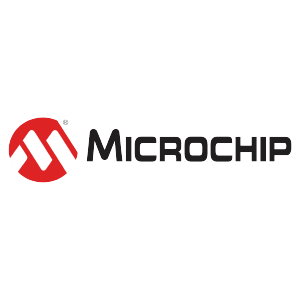BGA (Ball Grid Array) is a common integrated circuit packaging technology widely used in modern electronic devices (such as CPUs, GPUs, chipset controllers, etc.). Below is a detailed introduction to BGA:
1. Basic Structure
- Solder Ball Array: The bottom of a BGA package features a grid of tiny solder balls that serve as electrical and mechanical connections between the chip and the circuit board.
- Package Substrate: Typically made of multilayer organic material or ceramic, with fine traces connecting the chip’s pins to the solder balls.
- Chip Connection: The chip is attached to the substrate via wire bonding or flip-chip technology.
2. Key Features
- High Pin Density: The solder balls are arranged in a grid, allowing for more I/O connections compared to traditional packages like QFP (Quad Flat Package).
- Compact Size: Saves space on the PCB, making it ideal for miniaturized designs.
- Thermal Performance: Some BGA variants incorporate metal lids or thermal solder balls (e.g., LGA) for better heat dissipation.
- Reliability: Larger solder ball pitch reduces short-circuit risks but makes repairs more challenging.
3. Common Types
- PBGA (Plastic BGA): Uses an organic substrate; cost-effective, commonly found in consumer electronics.
- CBGA (Ceramic BGA): Uses a ceramic substrate for high-temperature resistance, used in military and aerospace applications.
- FCBGA (Flip-Chip BGA): The chip is flipped and directly bonded to the substrate, offering superior performance (used in high-end processors).
- LGA (Land Grid Array): Uses flat contact pads instead of solder balls (e.g., Intel CPU sockets).
4. Pros and Cons
- Advantages:
- High pin density, suitable for complex ICs.
- Excellent electrical performance (shorter paths reduce signal interference).
- Strong mechanical stability (resistant to vibration).
- Disadvantages:
- Difficult Repairs: Requires specialized rework stations (hot air guns) and X-ray inspection.
- High Soldering Precision: PCBs need precise alignment and reflow soldering.

5.Can BGA Support High-Pin-Count Sockets?
In simple terms, BGA (Ball Grid Array) packages themselves cannot be directly made into hot-swappable designs, but similar functionality can be achieved through alternative methods.
Why Can’t BGA Be Made Hot-Swappable?
BGA packages rely on tiny solder balls at the bottom that are permanently fused to the circuit board through reflow soldering. This creates a strong, reliable connection, making it ideal for high-performance chips. However, once soldered, the chip cannot be easily removed or replaced—unlike traditional socketed components.
Alternative Solutions for Hot-Swappable Needs
If removable functionality is required, there are a few possible approaches:
One common alternative is LGA (Land Grid Array), which is used in modern desktop CPUs like Intel’s processors. Instead of solder balls, LGA packages have flat metal contacts that connect to spring-loaded pins in a socket. This allows the CPU to be installed and removed easily while still supporting high pin counts (some modern sockets have over 1,700 contacts). The downside is that repeated insertions can wear out the socket over time.
Another option is using BGA-to-socket adapters, though these are rare and generally unreliable for long-term use. They are mostly seen in development and testing environments where engineers need to prototype without permanently soldering chips.
For modular designs, high-density board-to-board connectors can be used, but they take up more space and may not match the electrical performance of a direct BGA connection.
Key Trade-offs to Consider
Hot-swappable solutions introduce some compromises:
- Mechanical wear: Repeated insertions can degrade socket contacts.
- Signal integrity: Extra connectors can affect high-speed signals.
- Thermal performance: Sockets add thermal resistance, potentially limiting cooling efficiency.
Practical Recommendations
- For permanent installations: Standard BGA soldering remains the most reliable choice.
- For removable needs: LGA sockets (like those in PCs) are the most proven solution.
- For prototyping: Temporary adapters or development boards can be used, but they are not ideal for final products.
Maintenance and Repair
- BGA chips require professional rework stations for replacement.
- LGA sockets need periodic cleaning to prevent oxidation and poor contact.
Final Thoughts
While BGA itself is not designed for hot-swapping, alternative packaging like LGA or specialized connectors can provide removable functionality—just with some trade-offs in reliability, performance, and cost. The best choice depends on whether easy replacement is more important than maximum stability and performance.
























